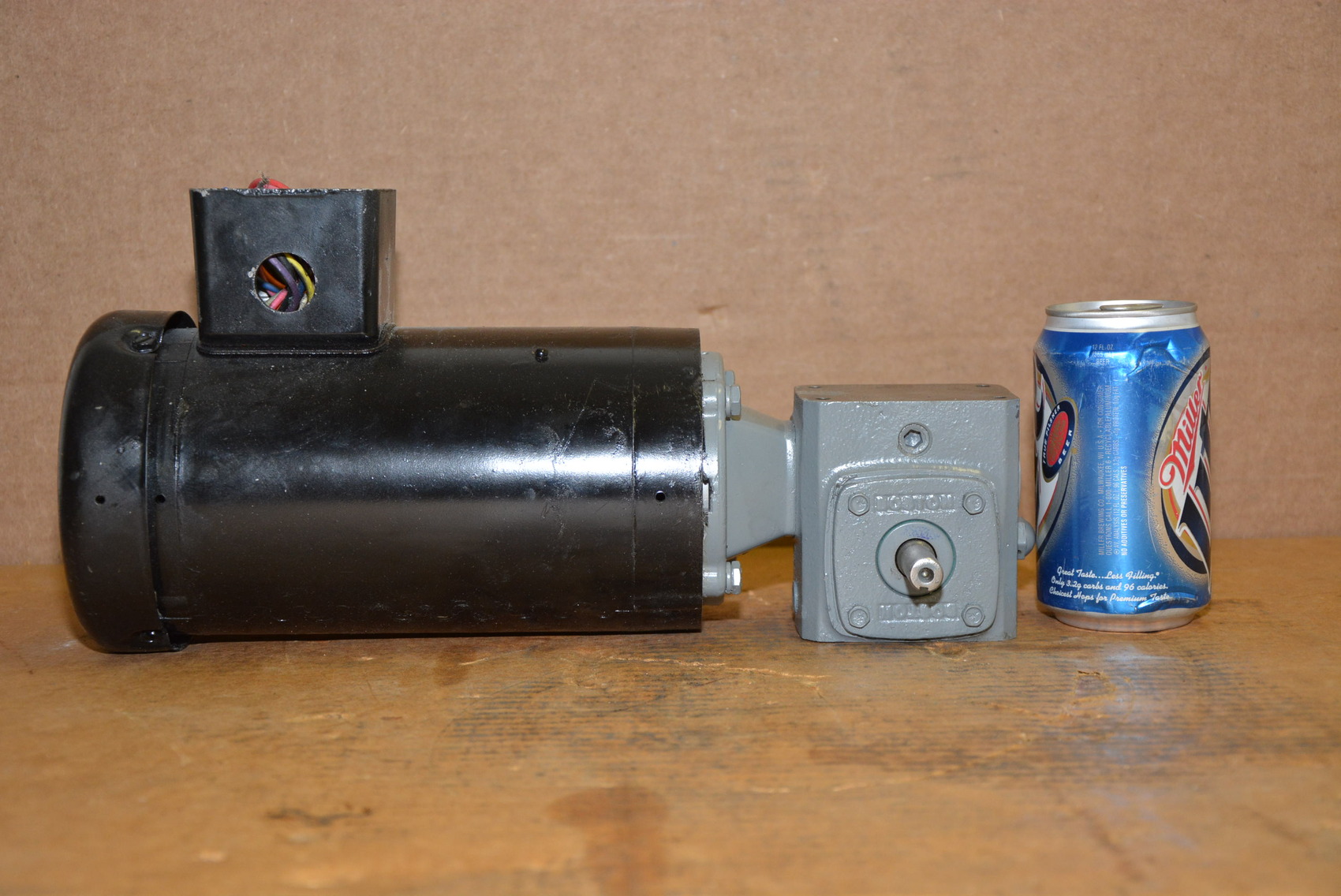

While Nausicaa can forge negotiations with her people and even the rivaling kingdom, it’s not words or speeches that can reach them, but the right course of action. But these ferocious creatures do not have human ears. Their monstrous appearance is only the surface. While the Ohm are titanic in threat, Nausicaa doesn’t view them as villains, but forces of nature that can be reasoned with.

Nausicaa is whisked into the landscape beyond her kingdom’s borders, where the mountain-sized Ohm insect creatures stampede across the scenery. A band of humans from another kingdom, set on retrieving the weapon, terrorize her village. Her relative peace is disturbed when an aircraft transporting a dangerous weapon crash lands nearby. Then she returns home to a loving village and her ailing father. Young Princess Nausicaa conducts her solo trips out into the wasteland on a glider to salvage items for tools and study the creatures. We scan through a post-apocalyptic wasteland, wracked with skeletons of beasts and toxic pollens, ravaged by the consequences of pollution, the Sea of Corruption. Nausicaa opens on a booming drum overture by minimalistic composer Joe Hisaishi, who like the frequent Stephen Spielberg and John Williams duo, would become Hayao Miyazaki’s lifelong director-composer collaborators. The acclaim of the manga was the greenlight for him to make his film. But having a resume of directing anime television shows and Lupin III: Castle of Cagliostro, it was inevitable Miyazaki would adapt his own manga pages. Titled originally as Kaze No Tani No Naushika, Nausicaa begun in serialized manga pages in 1982 on the ironic condition it wouldn’t be made into a film. Nausicaa: Valley of the Wind planted the seeds of Studio Ghibli.īefore the birth of Nausicaa, artist Hayao Miyazaki had undergone rejections of his movie ideas and an aborted film project.

Tough love pacifism that pragmatically involves violence. Nausicaa: Valley of the Wind is playing select Drafthouse theaters Sunday, February 19.


 0 kommentar(er)
0 kommentar(er)
